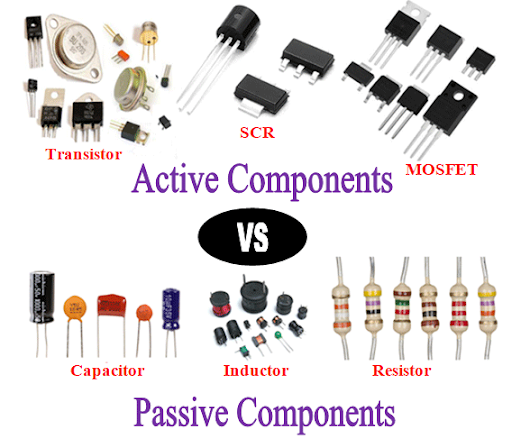
Hello seekers! I hope you all are doing great. Today, we are interested to learn about a basic and one of the most crucial topics in the field of electronics that is, the difference between active and passive components. Knowing the difference between these two is not only fruitful for beginners but also helps to understand the output and nature of electrical and electronic devices throughout the circuit design process.
While designing electrical or electronic circuits, it is crucial to get the best components. There are different features that affect the performance of these tiny components, including material, type, manufacturing techniques, etc. It's a good practice to get the components from a trusted source, and I suggest you buy them from PCBWay. This is one of the most trusted sources not only for buying the components, but it helps the customer from designing the PCB to prototyping as well. It is the one-stop for almost all the circuit manufacturing and assembly.
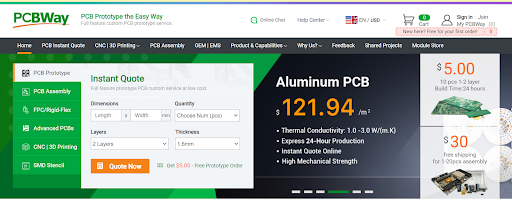
The buyer simply has to visit the website, where thousands of quality products, including active and passive components, are listed with all the details. The buyer can see and select the best match for the project. They can see the raw material, packaging, product number, description, and other details so that even a person with no technical knowledge can choose the best product. So, I recommend you visit PCBWay Fabrication House online, and you can order your components from anywhere.

These two categories are differentiated by different parameters, and we’ll discuss them in detail. We’ll start with a simple comparison between the active and passive components and after that, we’ll discuss each and every point in detail to gain a grip on the concept. We’ll study the introduction, features, and examples of these components and in the end, we’ll see where we can get the best components in the most convenient way. Let’s start with the difference:
Difference Between Active and Passive Components
A circuit is made of different types of components, and it is not completed unless all the necessary components are properly designed. It requires the components, the wires to create the connection between them, and the external source as well. Before designing any circuit, the most important step is to know the nature of its components. On a border scale, the electrical components are classified into two categories:
- Active Components
- Passive Components

There are different ways to differentiate these two and we’ll discuss these in detail. The structure, features, material, and other basic features decide the category. At a higher level, the circuit is not complete until it uses both these types. The details of these components will be shared with you in just a bit but before this, have a look at this chart that summarizes the difference between these two types:
Feature |
Active Components |
Passive Components |
Power Source |
Require an external power source to work such as a battery, power supply, etc |
Do not require external power for their functioning the internal structure is enough for this |
Function |
|
|
Examples |
|
|
Gain |
Can provide power gain, which means they amplify signals |
Cannot provide power gain, therefore attenuating or weakening signals in the circuit |
Control |
Can actively control the flow of current and voltage |
Can passively influence the flow of current and voltage |
Complexity |
These are generally more complex because they are made from semiconductors |
Generally simpler because these are made from basic materials |
Applications |
|
|
Examples of use in a circuit |
Transistors amplify a weak signal in a microphone; ICs process data in a computer |
Resistors control the brightness of LEDs, and capacitors smooth out the voltage from a battery |
The details of this table are explained here in the form of a basic introduction of active and passive components. I’ve tried to show the introduction in such a way that you can compare it easily.
Active Components Introduction
The active components provide an active influence when electricity is applied to the circuit. These are the semiconductor materials that possess features like an amplification of the output, electrical current flow, electrical signal generation, etc. In simple words, active components work with the external power source and actively contribute to signal manipulation. The following are the fundamental features that help to understand the basics of active components:
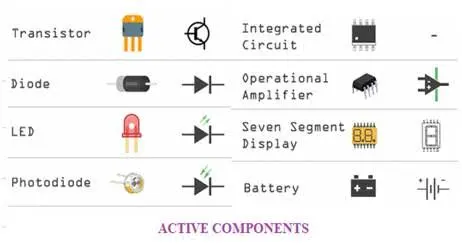
Active Components Require External Source
As mentioned before, these components always require an external power or electricity source to start working. Therefore, these are the semiconductor components that are useless when there is no external power source.
Active Components have the Signal Control
Active components can amplify, switch, or manipulate the electrical signals of the circuits. These are also referred to as master conductors because they direct the current with great precision.
Active Components Have Active Gain
The superpower of the active components for which these are recognized is the amplification of the signals. A weak or low-frequency signal can be amplified with these components, and these can crank into a more audible or usable form.
Active Components are Switching Devices
Another feature that is associated with the active components is the lighting speed of these components to switch the electrical signals on and off. These are considered the digital traffic signals that control the electrical flow in the circuit.
Active Components are Material Marvels
These are usually semiconductors, and the scope of these components is not just limited to simple electronic circuits; complex circuits, such as solar cells, have the implementation of active components.
Examples of Active Components
Some important examples of the active components will help us understand them thoroughly.
- A transistor is a three-leg semiconductor device that is used to amplify or switch the electrical signals in a circuit.
- Diodes are another active component in the circuit that allows the current to flow in only one direction; therefore, these are referred to as one-way electrical valves.
- Integrated circuits are also active components that are the complex combination of the active and passive components together.

- The operational amplifiers are also active components and require external energy to amplify or enhance the values in the signals.
- The vacuum tubes were the early active components, and now they are replaced by transistors, but the trend of these tubes is still important to understand the features of the active components.
Passive Components in Circuits
The passive components are entitled to be the workhorses of the electric circuit world. These are the fundamental components that are essentially required in circuits. These are different from the active component because they generate their energy to work. The following features of these components will help you understand why they are called "passive" components:
Passive Components Don’t Require Power
The main feature of a passive component is its ability to interact with the circuit using the present electrical signal or the energy of the circuit.
Passive Components are Manipulators
The passive components have different ways in which they can affect the flow of electrical current, voltage, or the frequency of the circuit. Some of these ways are:
Controlling the electrical flow
Filter the energy
Store the power and electricity
Distribute electrical energy in the circuit
These features result in the shaping of the electrical circuit's performance according to the requirements.
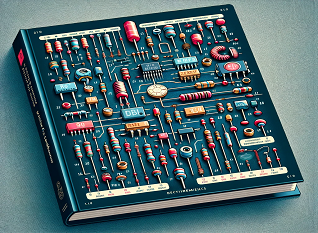
Passive Components Make Complex Circuits
These components are present in different sizes and shapes, and they are the basic building blocks when complex circuits are designed. Collectively, these components can create the circuits that perform the variations in the tasks.
Examples of Passive Components
The most common example of a passive component is a resistor. These regulate the flow of electricity and are considered tiny dams in the circuit. There is a large variety of resistors therefore, these are usable in almost all types of circuits and are the most crucial part of these circuits.
The capacitors are also passive components of the circuit. These can store electrical energy in the form of electrical fields because of their internal structure. These are the tiny batteries that help in the voltage regulation of the circuits. The main use of capacitors is in circuits where the direct current (DC) of the current has to be blocked and the circuit only allows the alternative current (AC).
Inductors are the passive components that deal with the magnetic field around them. These act like mini electromagnets and oppose the change in the current. As a result, these smooth the electrical fluctuations and can be used to filter unwanted signals as well.
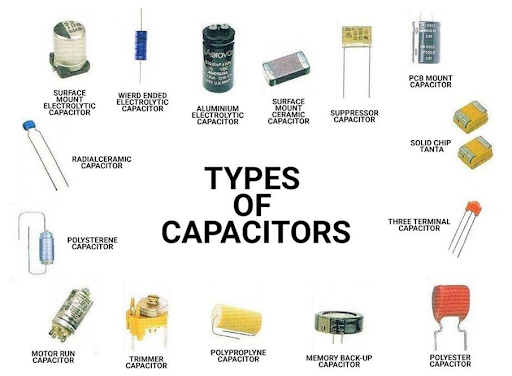
Hence, in this way, you know the difference between the active and passive components. These are the fundamental concepts of electrical circuits, and if these are clear, the user can design, learn, and understand the complex concept in no time. We started with a chart of the differences between these components and then explained each point in detail. We saw the definitions, features, and examples of both types in the end. Moreover, we also understood the best way to easily buy any type of electrical component from PCBWay. I hope I have discussed all the things in detail, but if you want to know more, you can ask in the comment section.



